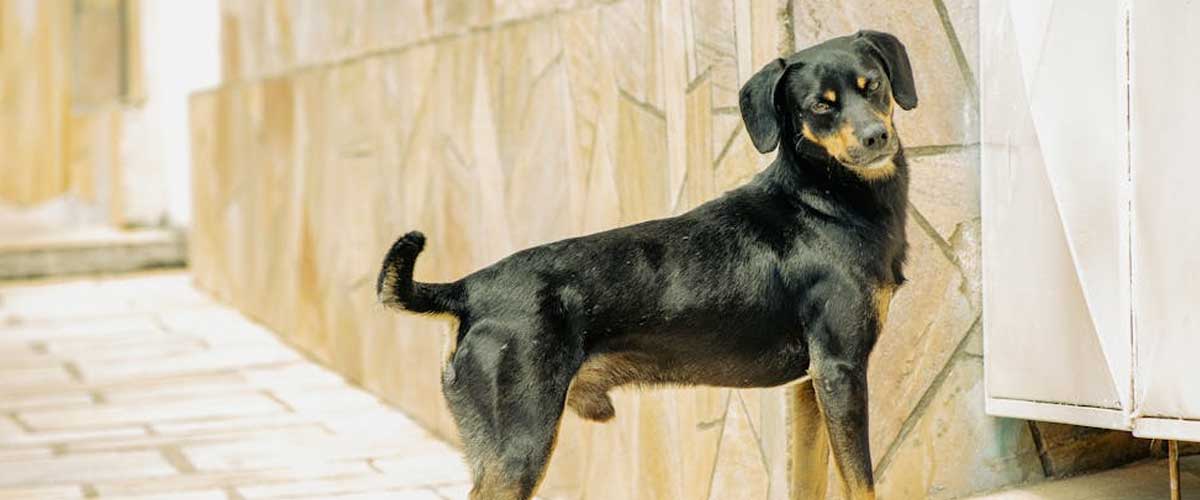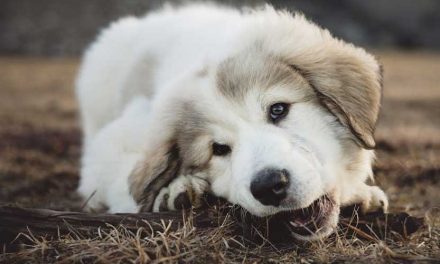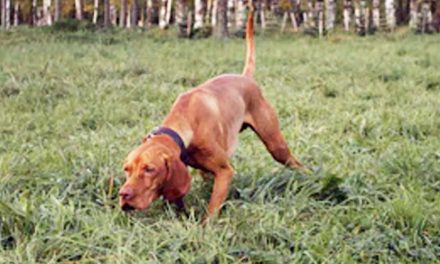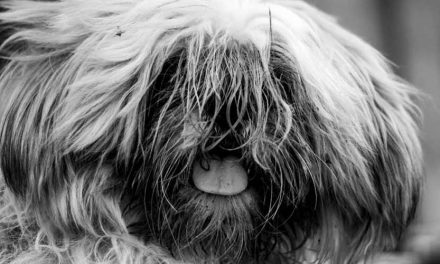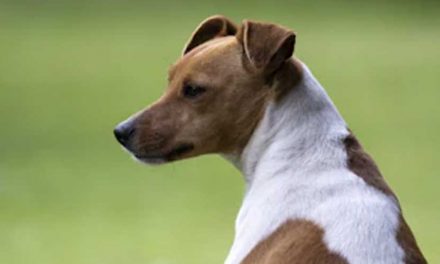The German Pinscher is a dynamic and intelligent dog breed known for its elegant appearance and spirited personality.
As a breed that originates from Germany, it carries a rich history and has become a beloved companion in many households around the world.
This article explores the key characteristics, temperament, and care requirements of the German Pinscher.
History
The German Pinscher has its roots in the breeding practices of the 18th century when farmers in Germany needed an efficient working dog to help manage vermin on their farms.
The breed is believed to be closely related to the Standard Schnauzer and combines the agility of a working dog with the grace of a show dog.
As large cities developed, this breed transitioned into a family pet while retaining its protective instincts and energetic nature.
Physical Characteristics
German Pinschers have a sleek, athletic build that exudes strength and agility.
They typically stand between 17 to 20 inches tall at the shoulders and weigh between 30 to 45 pounds.
Their smooth coat comes in various colors, including black, blue, fawn, and red, often with tan markings.
The breed’s distinctive wedge-shaped head and strong jaw give it a confident and alert expression, complemented by its long neck and well-defined musculature.
Temperament
The German Pinscher is known for its intelligence and lively personality.
This breed is highly trainable, making it an excellent choice for families and active individuals.
One of its most commendable traits is its loyalty; German Pinschers bond closely with their families and can serve as protective guardians.
They are known to be good with children, especially when raised with them, though early socialization is essential to ensure they develop a well-rounded personality.
However, their strong temperament means they can also exhibit stubbornness, requiring consistent training and positive reinforcement techniques.
Daily mental and physical stimulation is crucial to keep them happy and prevent boredom-related behaviors.
Exercise and Activity Needs
As a high-energy breed, the German Pinscher requires regular exercise to thrive. Daily walks, play sessions, and mental challenges, such as obedience training or puzzle toys, are essential to their well-being.
They excel in obedience, agility, and even schutzhund training, showcasing their versatility and eagerness to learn.
Health Considerations
German Pinschers are generally healthy dogs, but like all breeds, they can be prone to certain health issues.
Some common concerns include hip dysplasia, heart issues, and certain skin conditions.
Regular veterinary check-ups, a balanced diet, and proper exercise can help mitigate these risks and ensure a long, healthy life.
With a lifespan of approximately 12-15 years, they remain an active and affectionate presence throughout their lives.
Grooming
Their short, smooth coat requires minimal grooming, making it relatively low-maintenance.
Regular brushing can help reduce shedding and keep their skin healthy.
Routine dental care, nail trimming, and ear cleaning are also important to maintain overall health.
Conclusion
The German Pinscher is a remarkable breed that combines elegance with strength, making it an ideal companion for active families or individuals.
With the right training, socialization, and care, they can be loving, loyal pets and excellent guardians.
Their playful and intelligent nature ensures that life with a German Pinscher is full of joy and companionship.
If you’re considering adding a German Pinscher to your family, you’ll find a devoted friend who will stand by your side through thick and thin.

